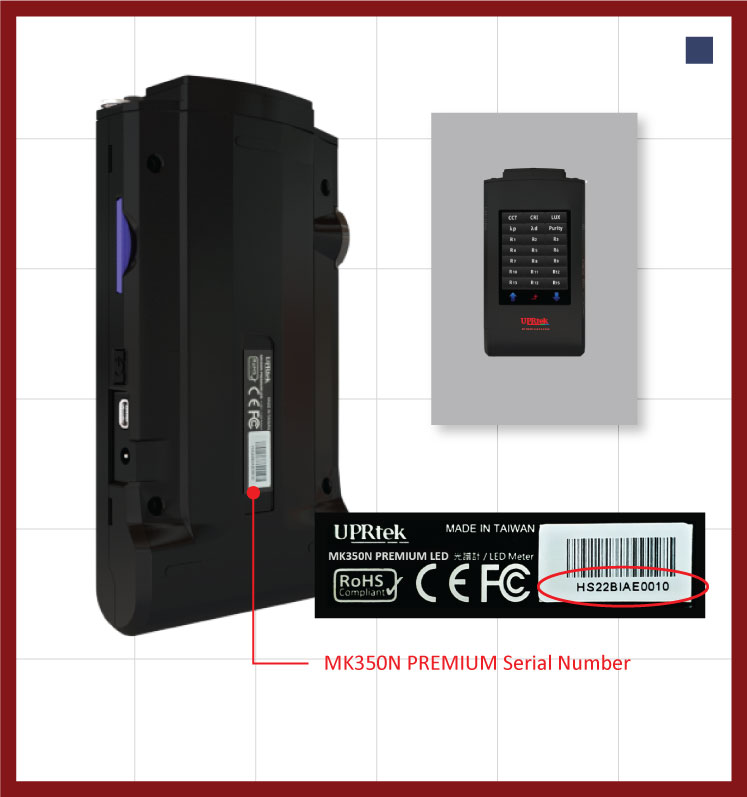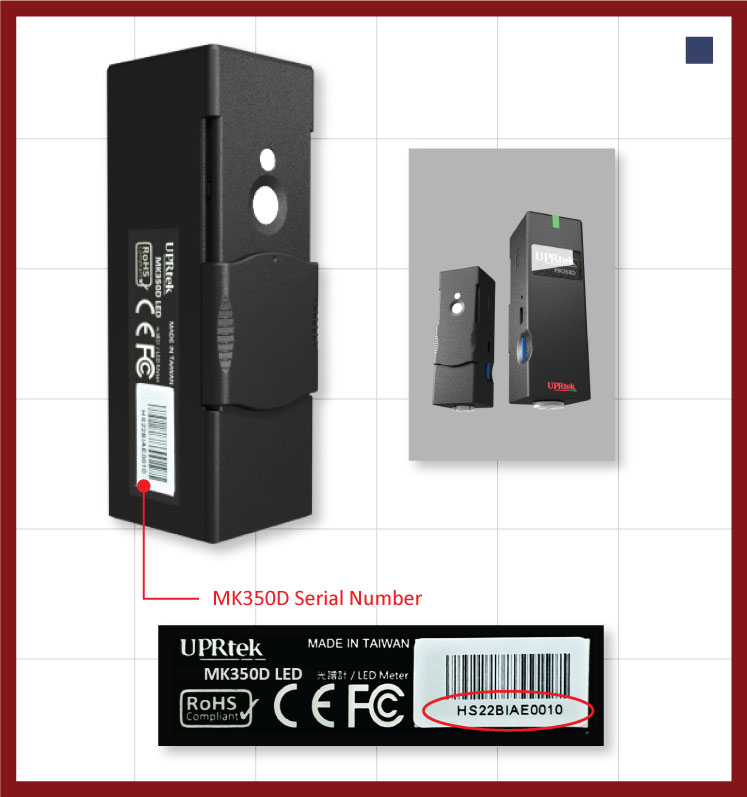Where’s my product’s serial number?

Find the label
You can find most serial numbers on a label that is usually prominently displayed on the exterior casing of the product. The serial number will be below the bar code (on the label). The first letter of the serial number will be “H.” Please see the examples below.
Look on the back panel
On many products the label is located on the back side – the serial number is below the barcode.
Look on the side of the product
The label is sometimes located on the side with the serial number under the barcode.
MK350S Advanced – Look behind back panel
For the MK350S Advanced, you must remove the backplate cover – the label with the Serial Number can then be seen (as shown).






